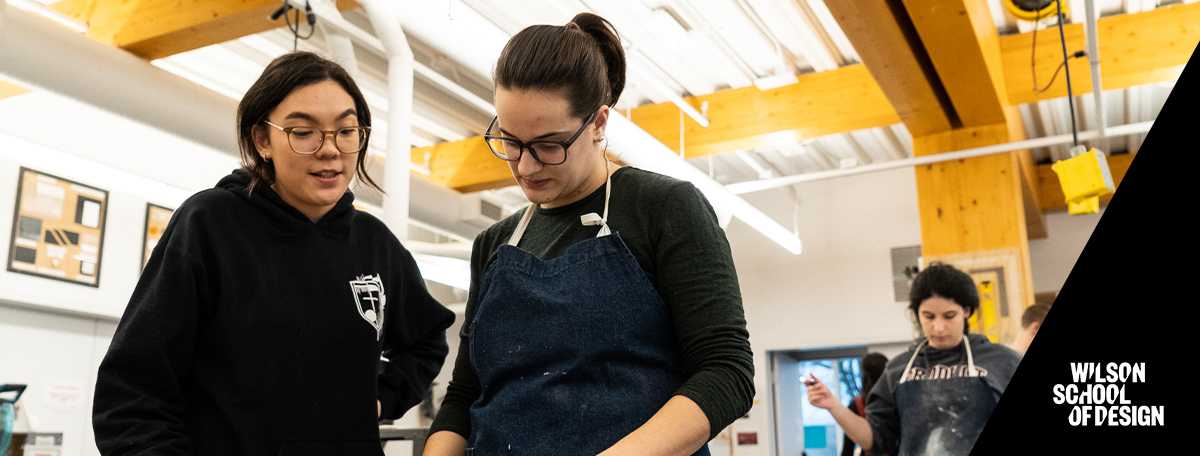
Our graduates are game-changers, solution designers, innovators, leaders and in short, incredible humans. As a fairly new program, we are only just beginning to witness the positive impact our graduates are making in the world. And boy, are they making impact.
Alumni - Capstone 2018 Projects
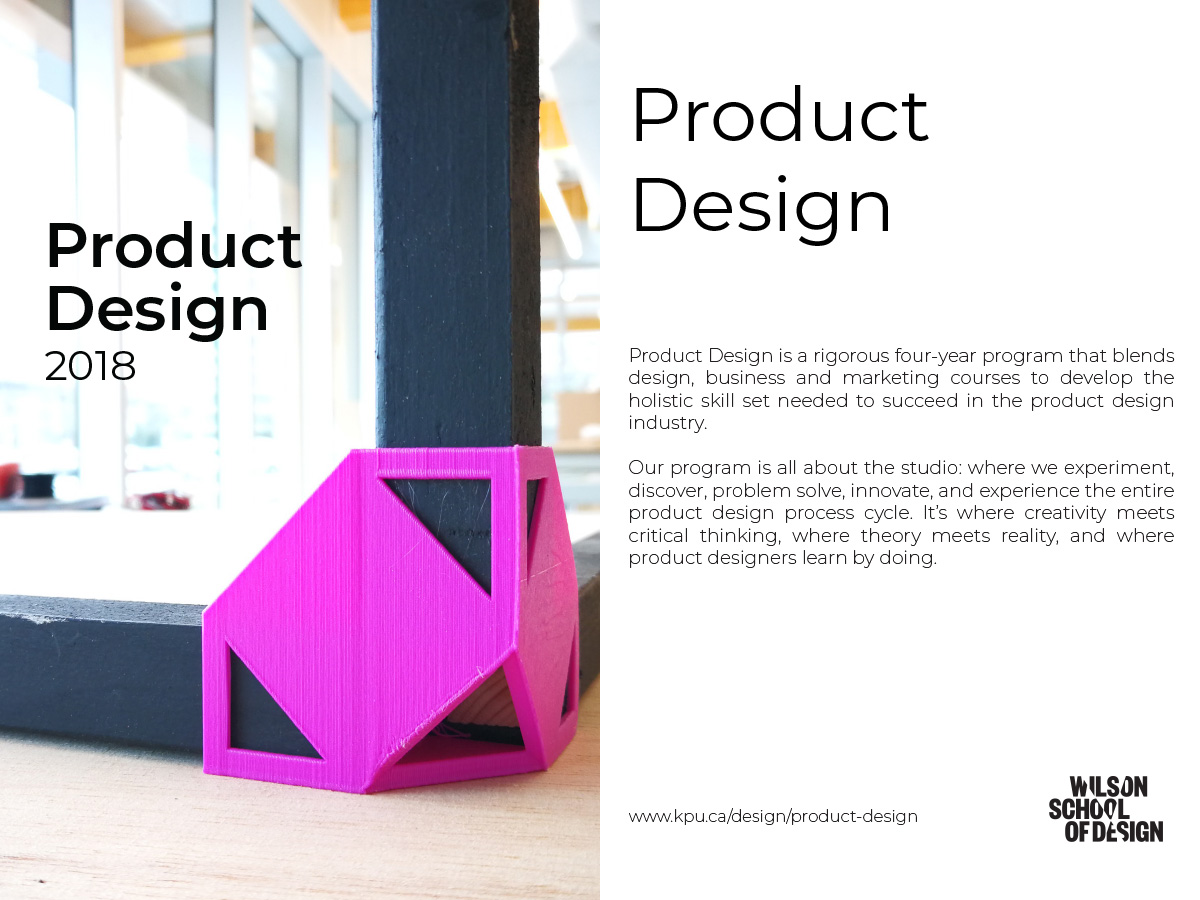
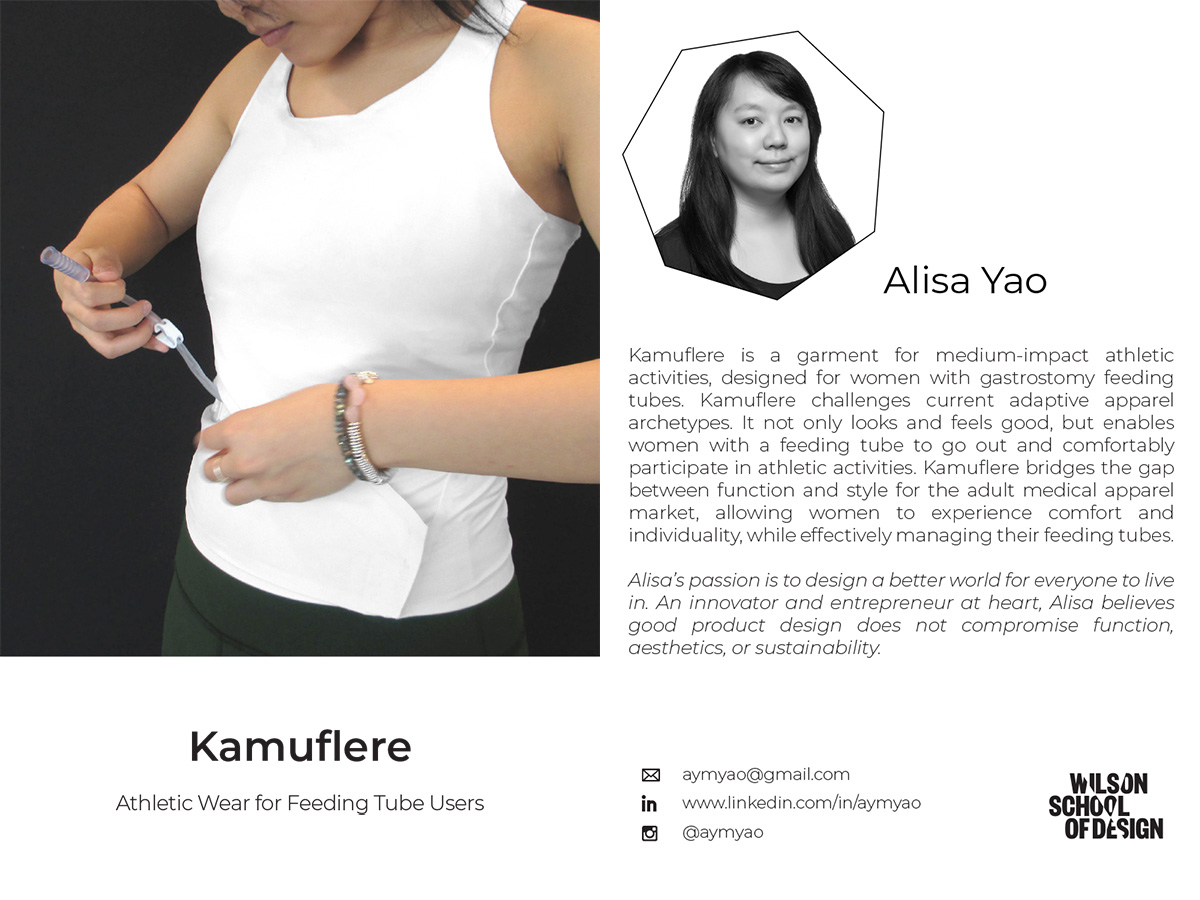
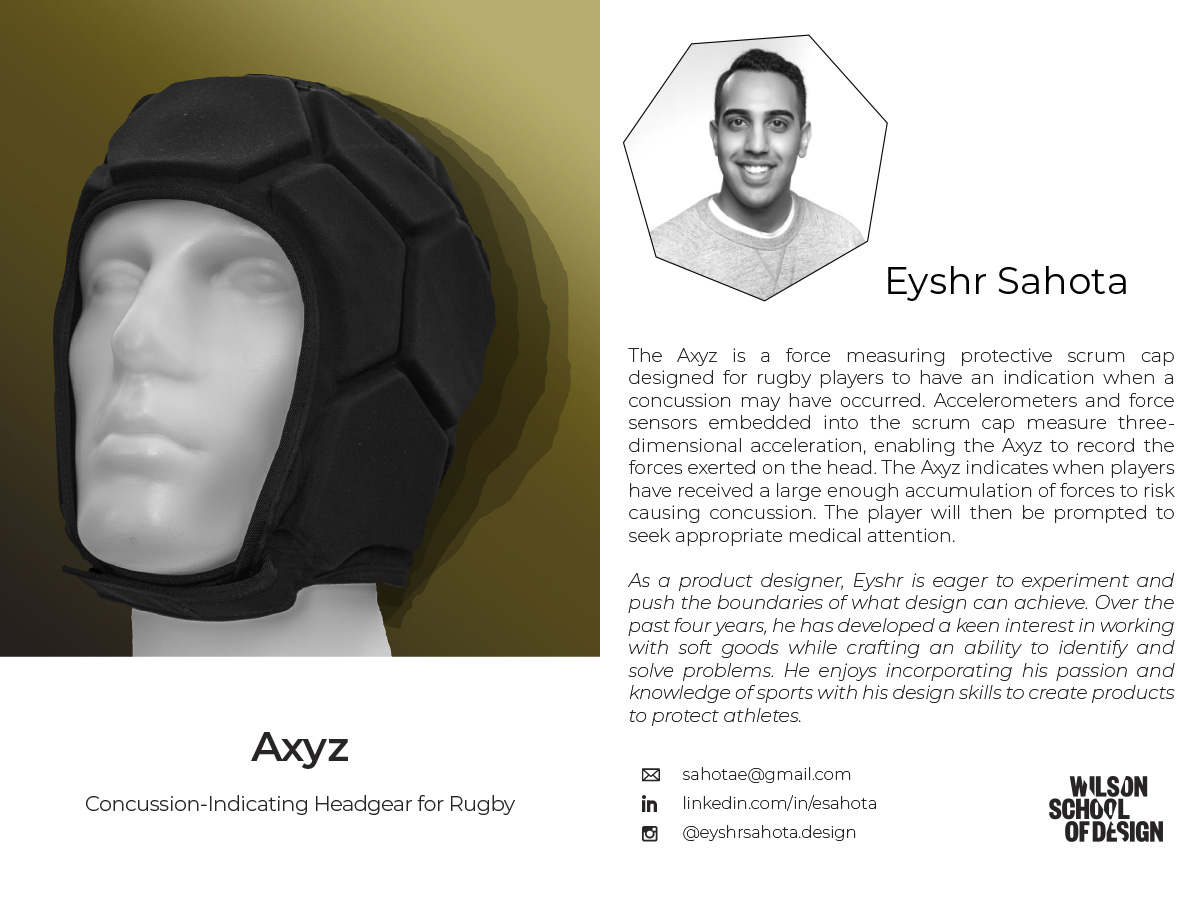
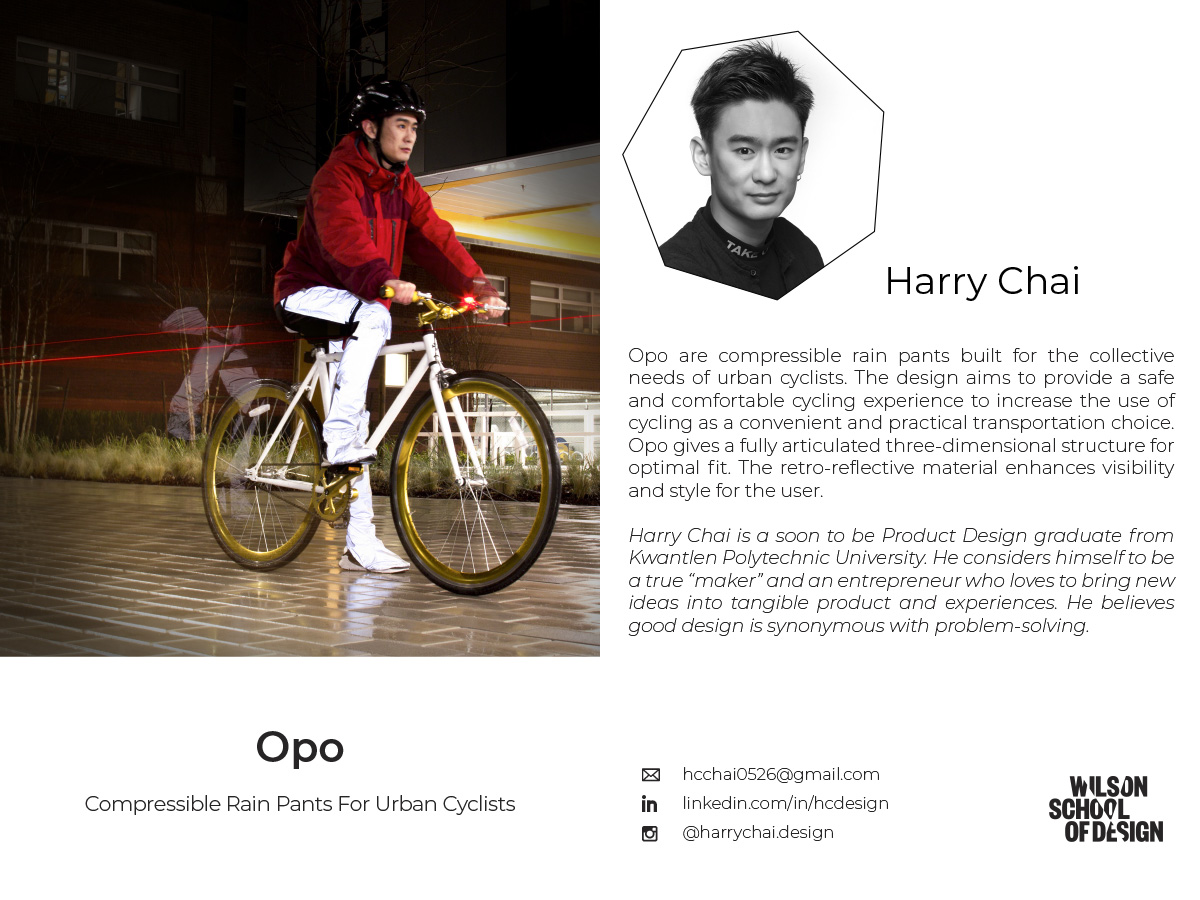
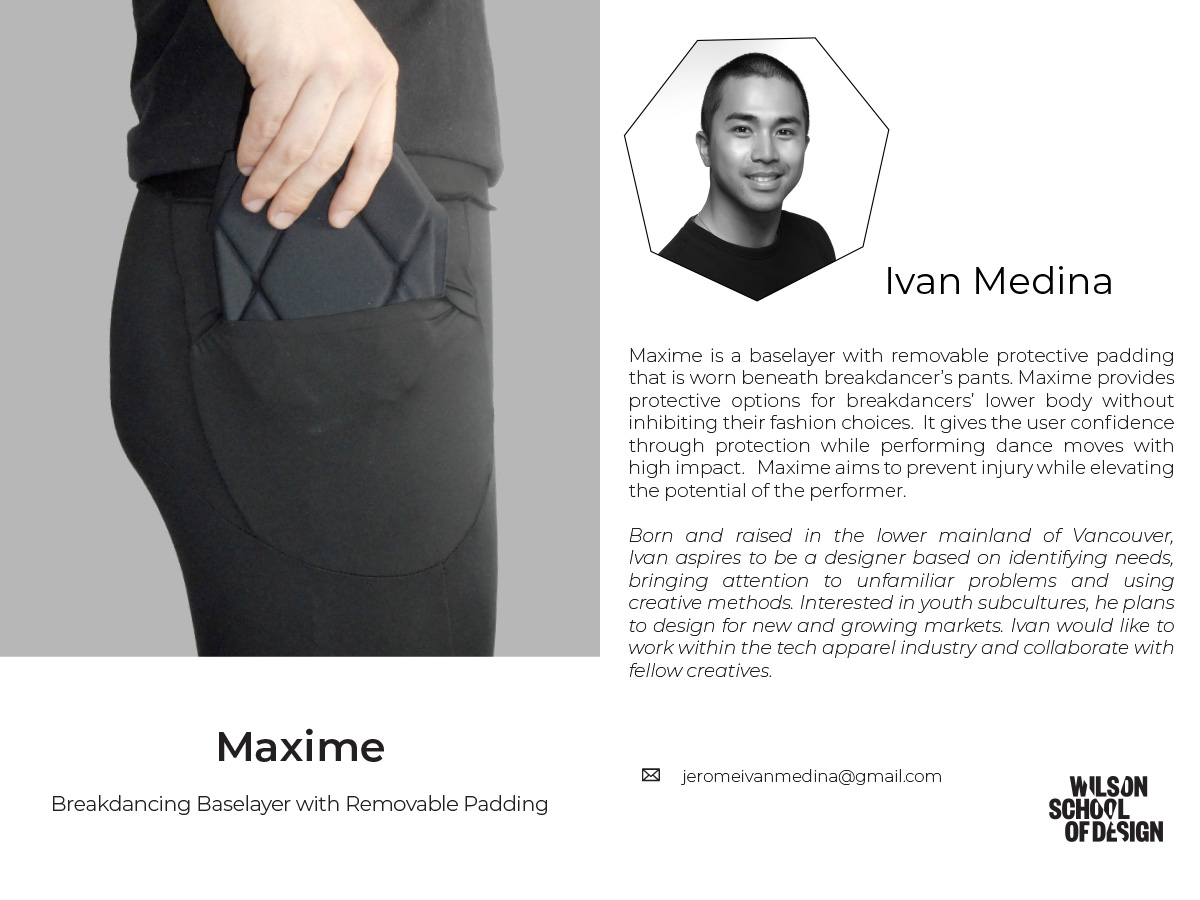
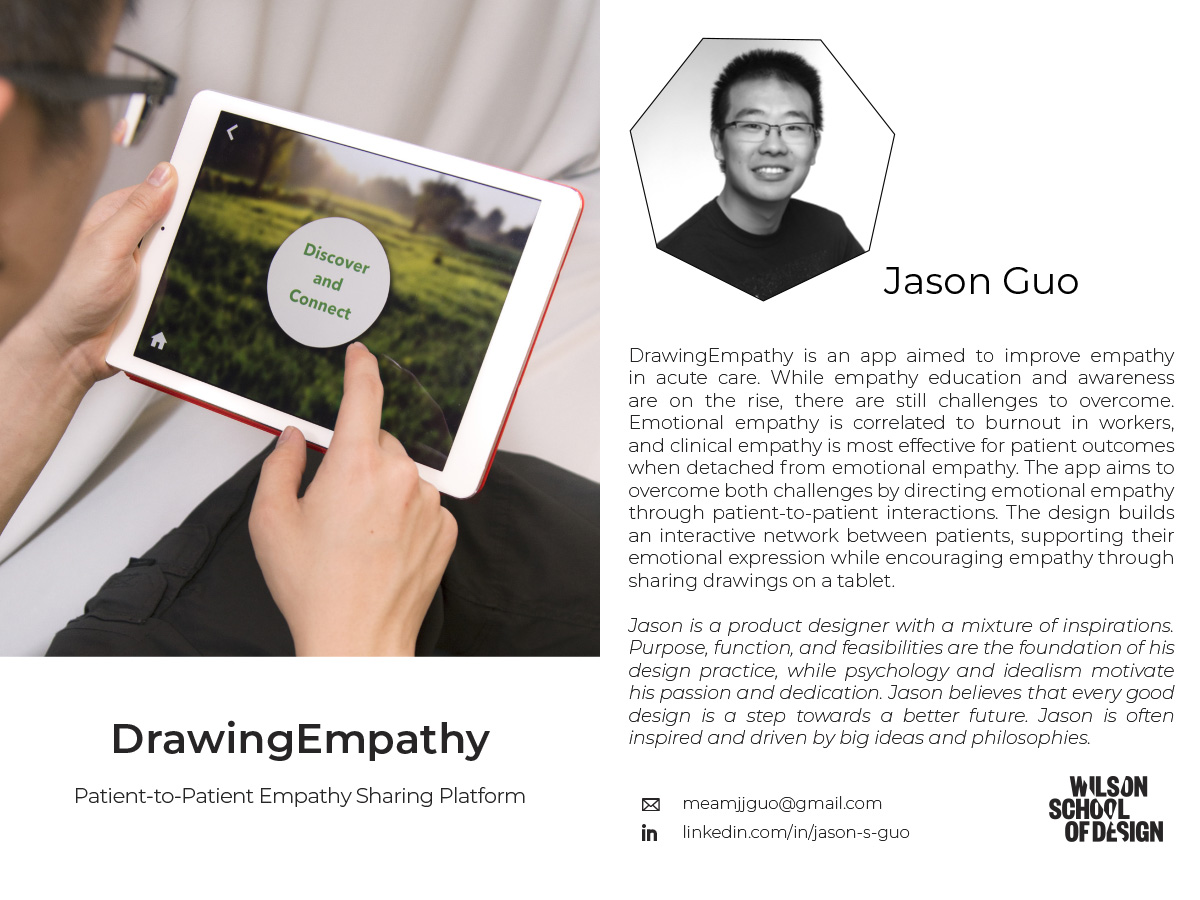
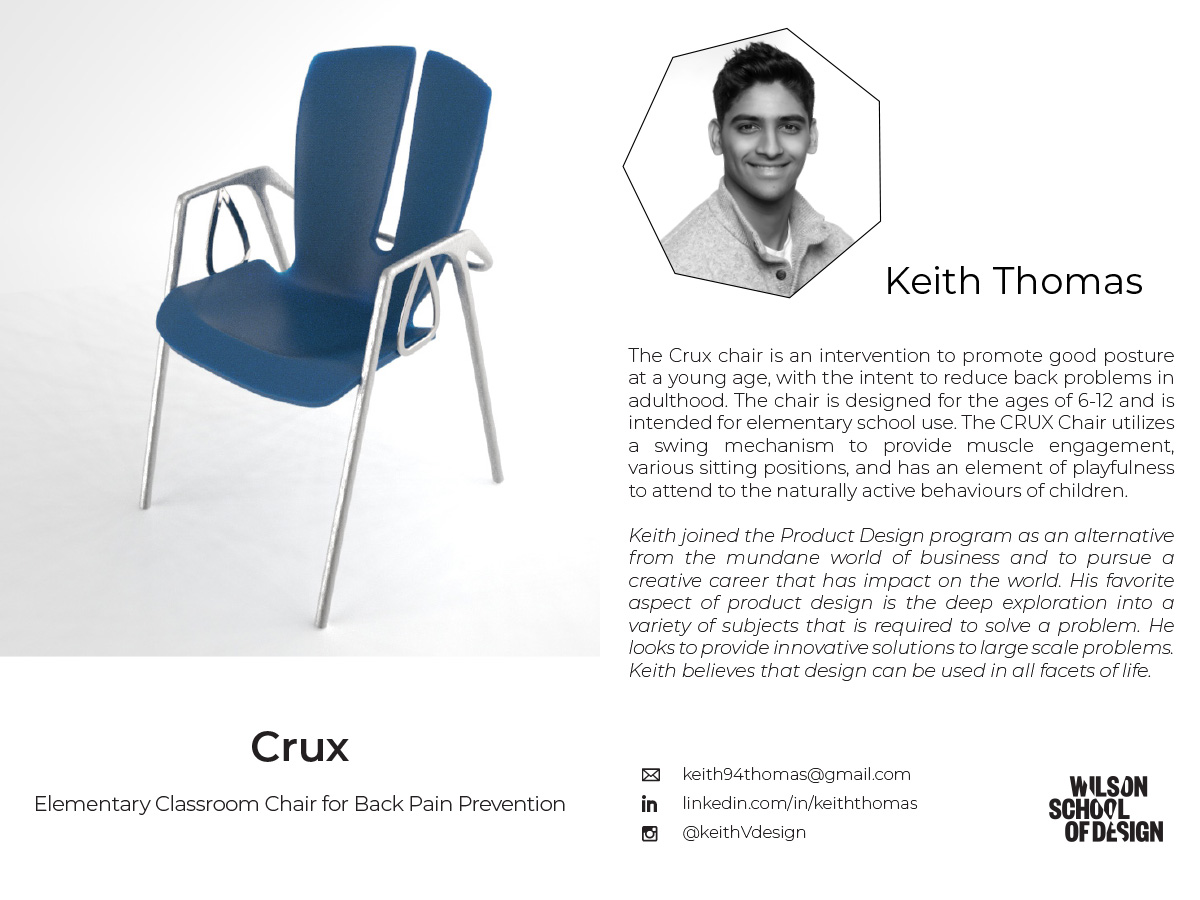
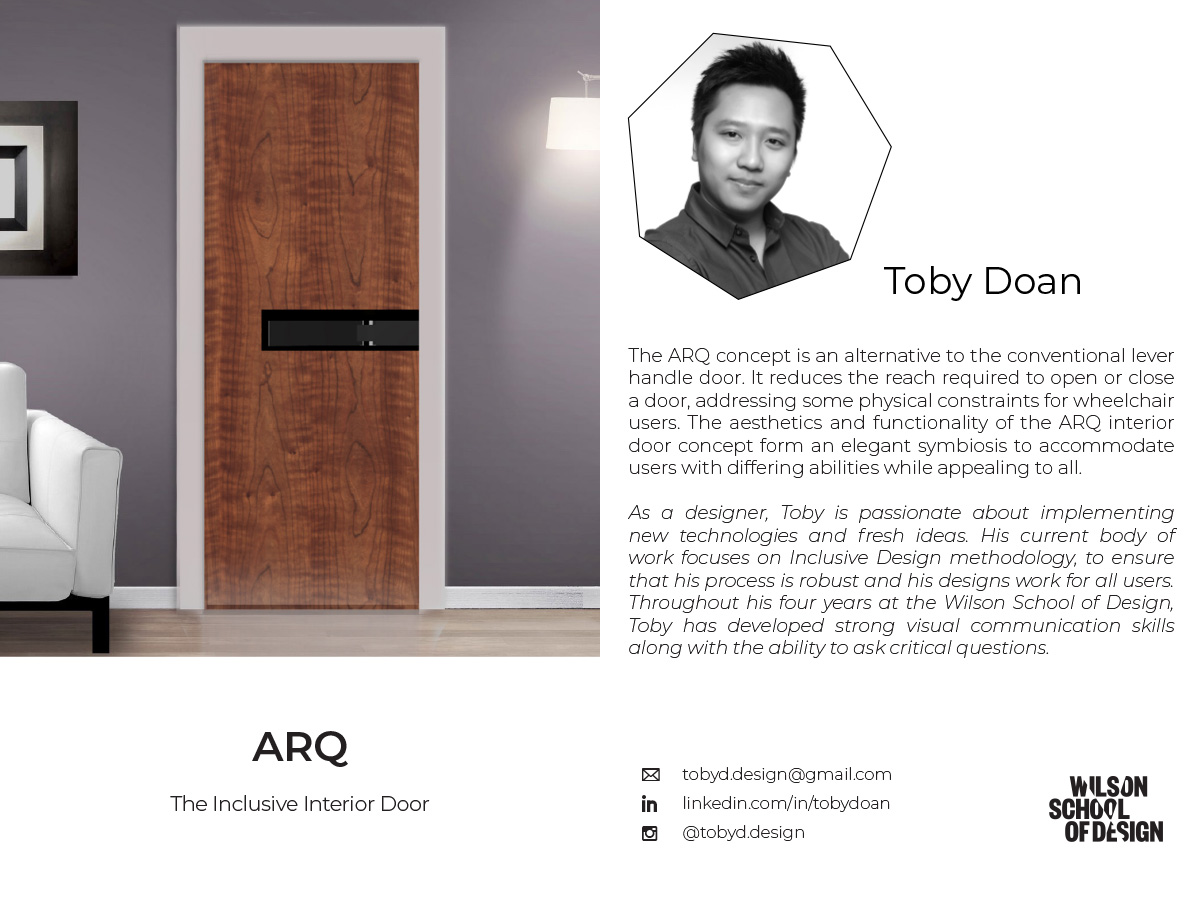
Alumni - Capstone 2017 Projects
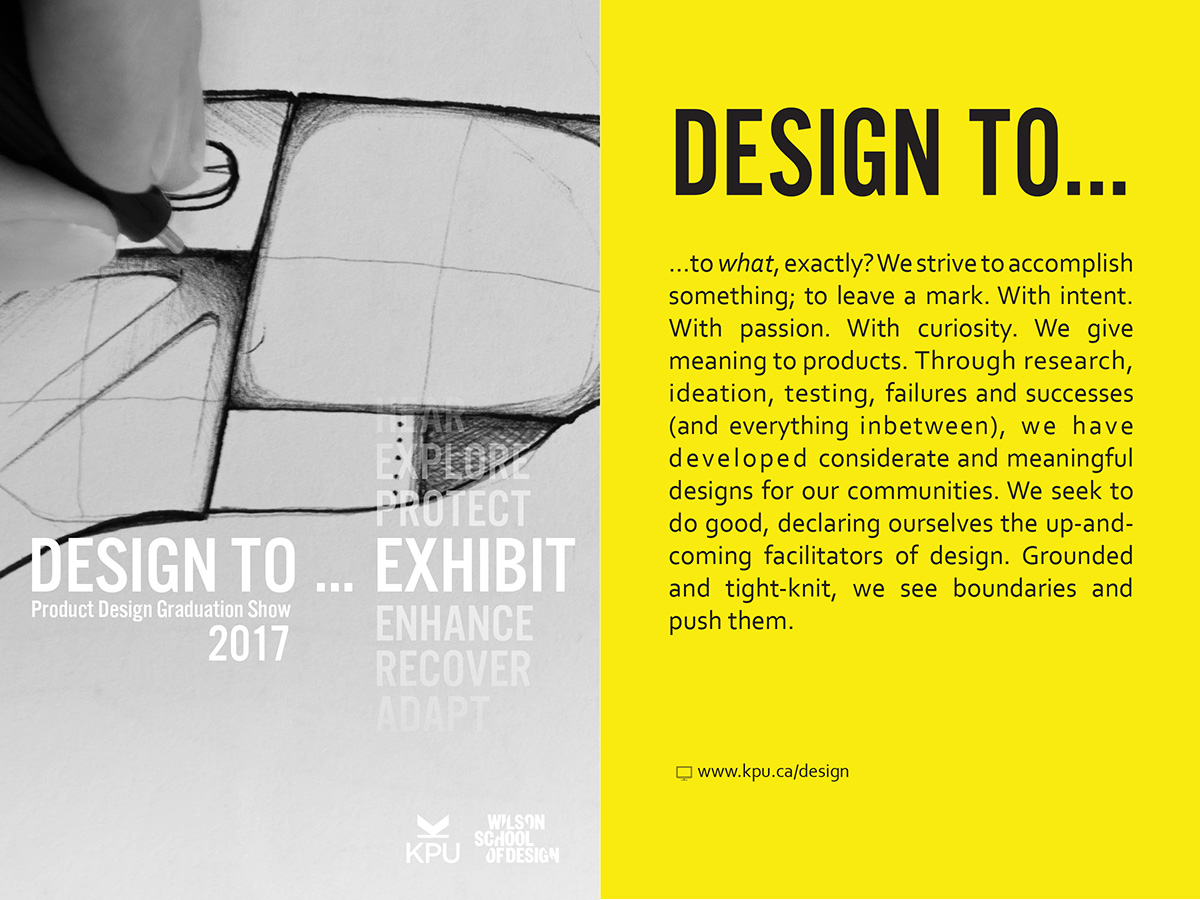
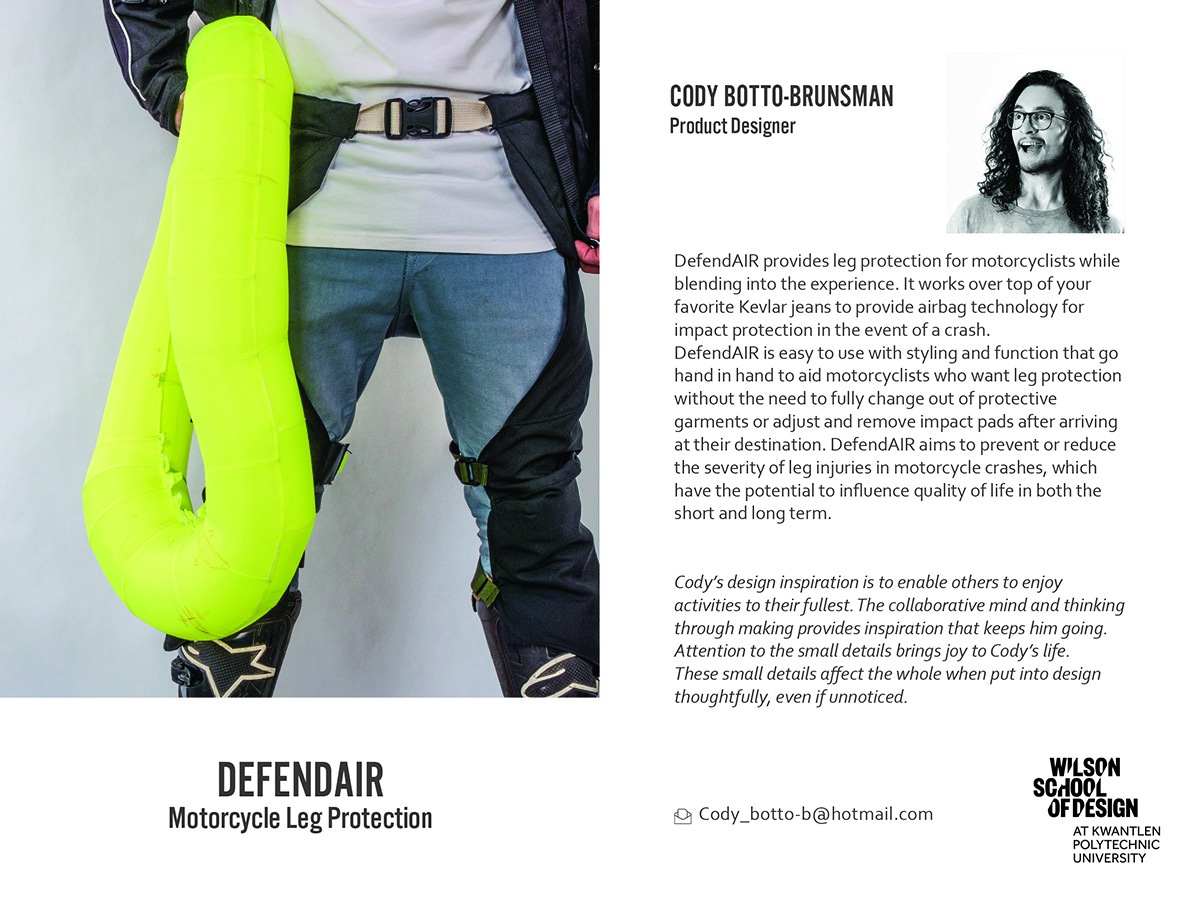
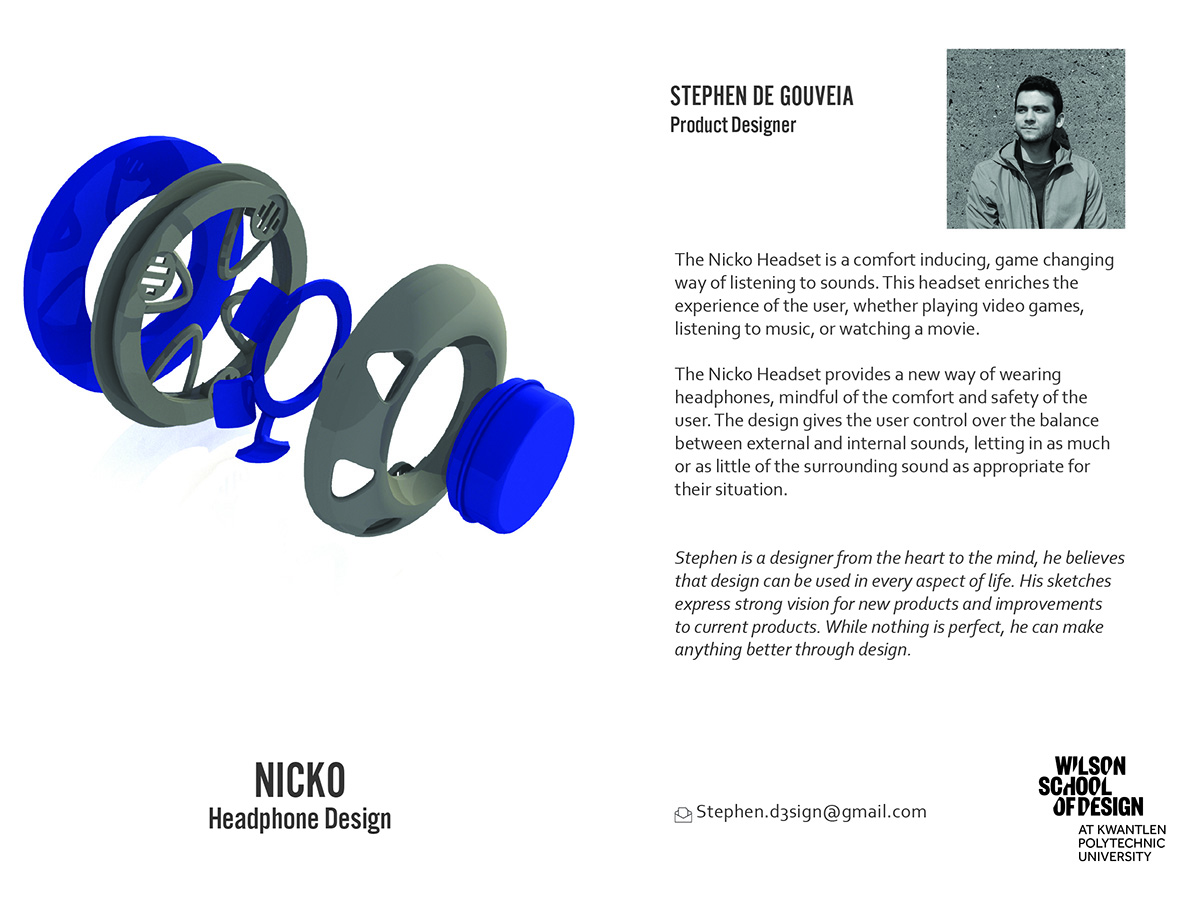
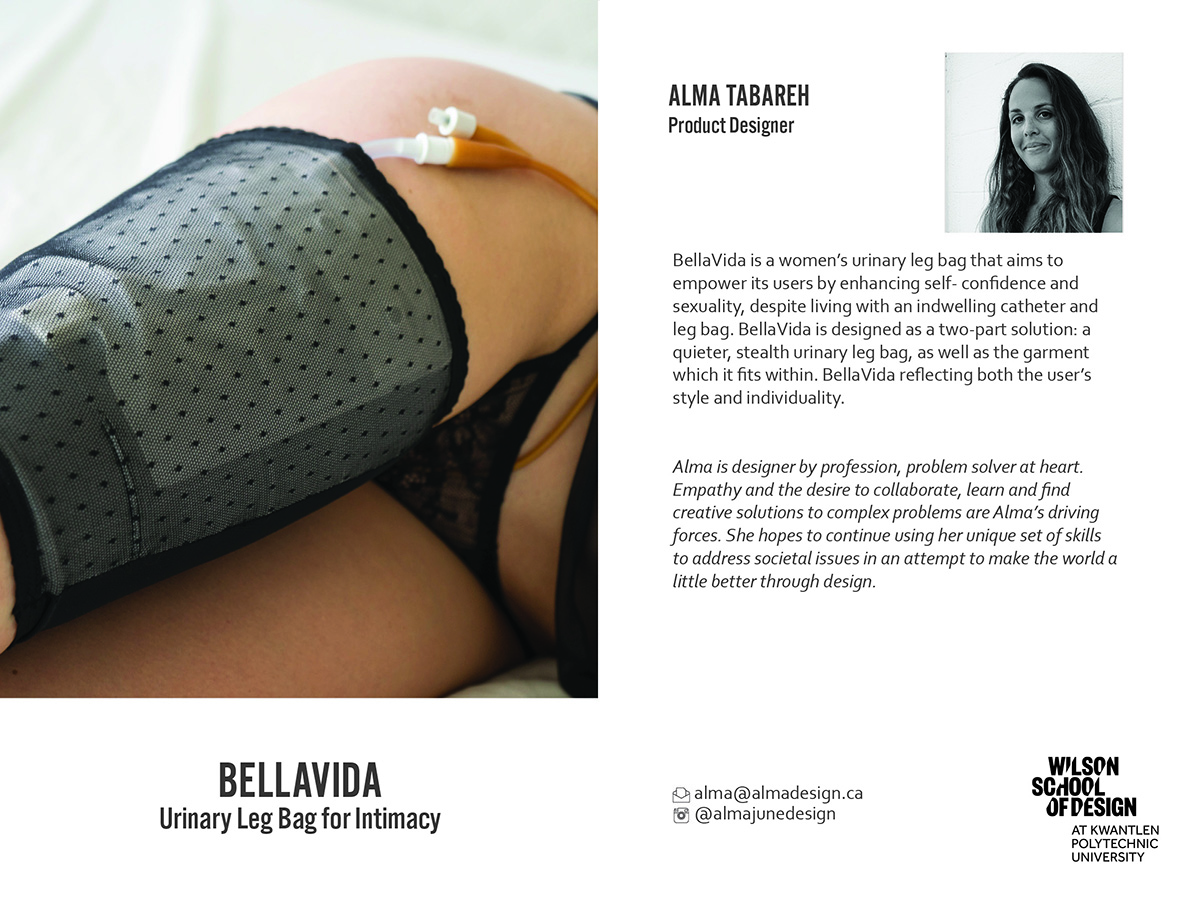
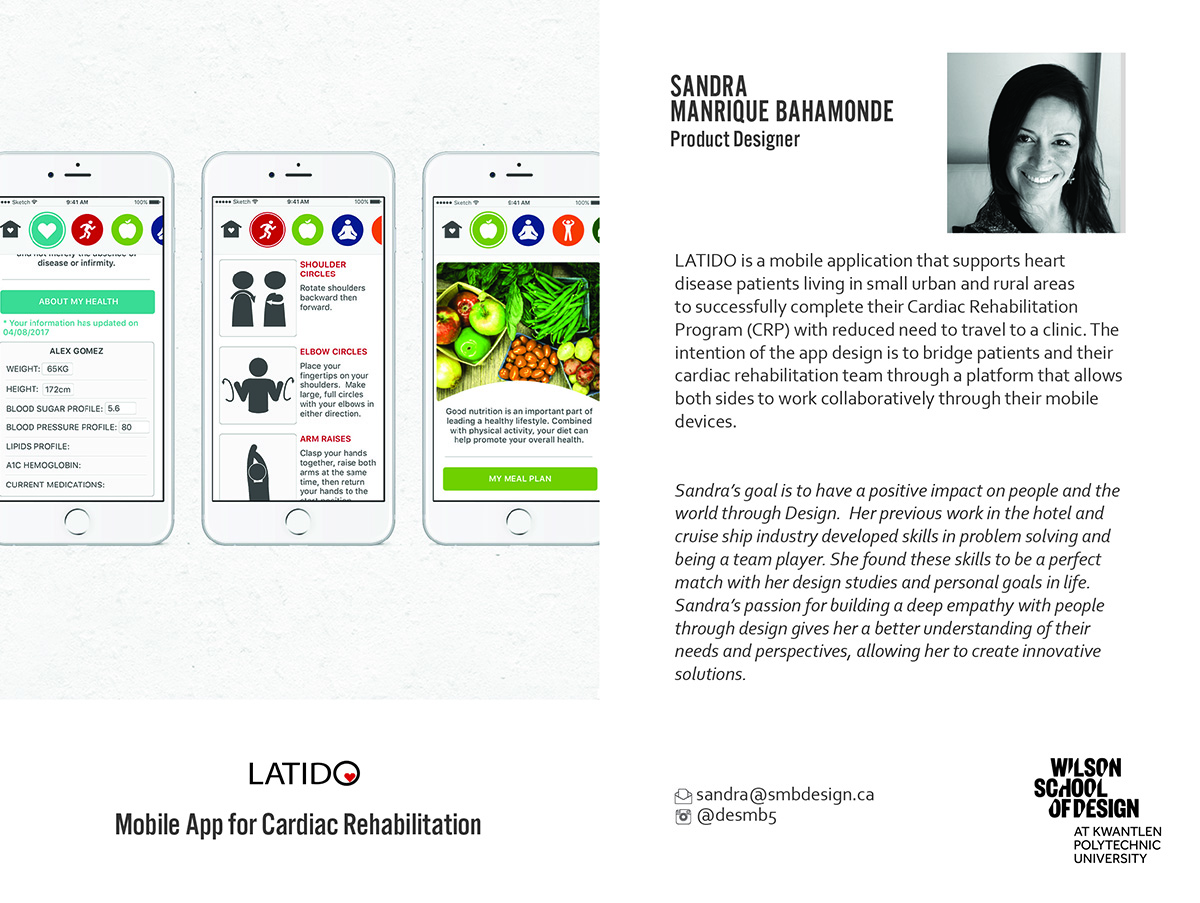
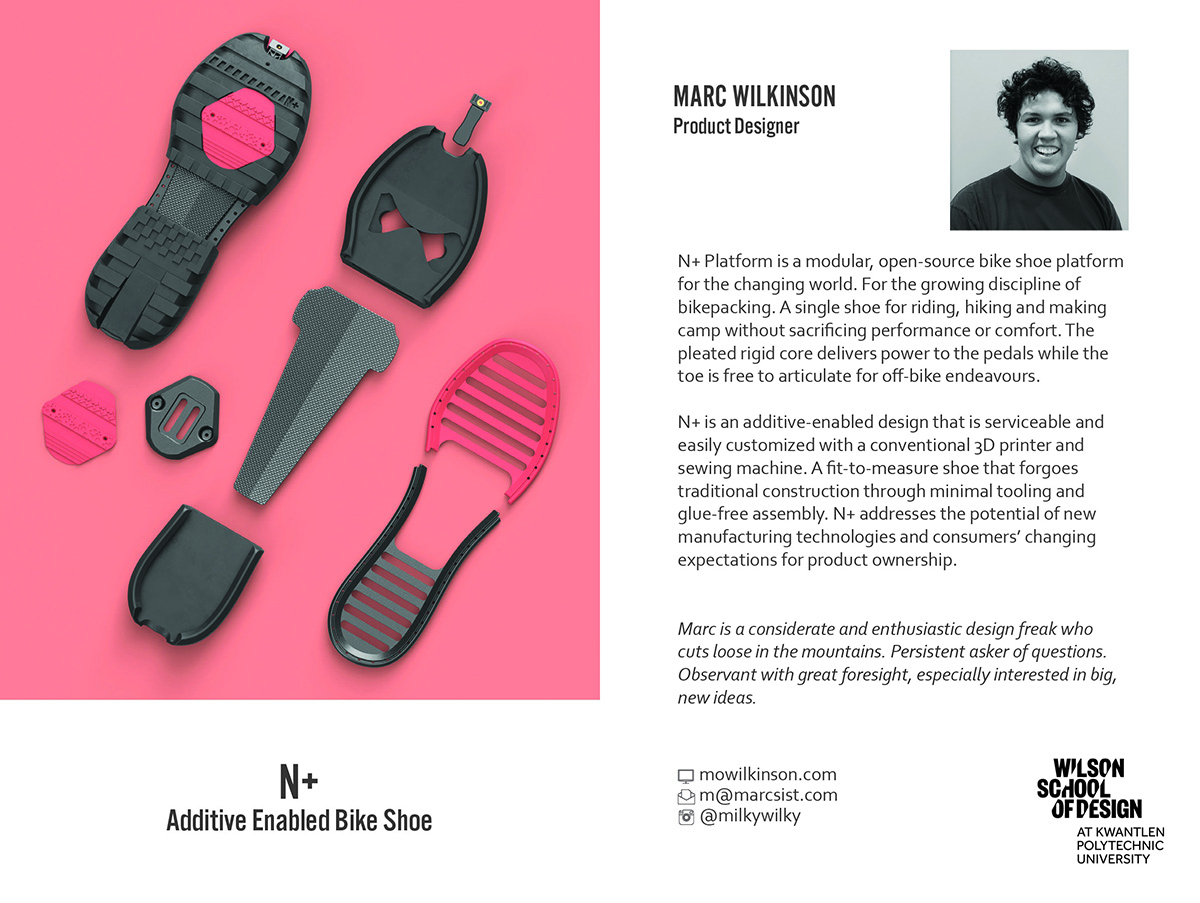
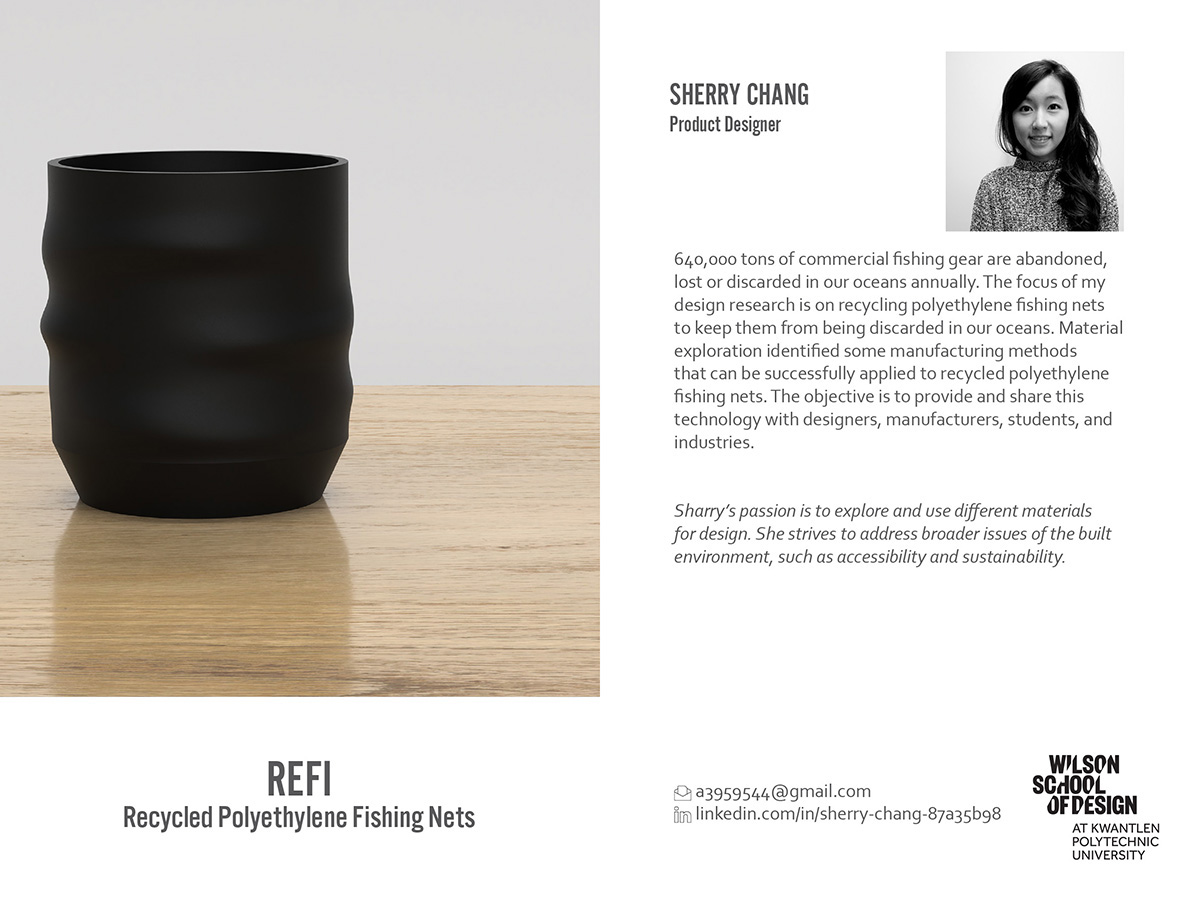
Alumni - Capstone 2016 Projects
As part of the final semester of the Product Design program, students develop a thesis-level project, that they present to industry and the community, in a Graduate Showcase event. Below are the highlights of the 2016 graduating class's projects, as presented at their final graduation event. Hear from these alumni (then, graduating students) talk about their projects and their experience in the Product Design program.
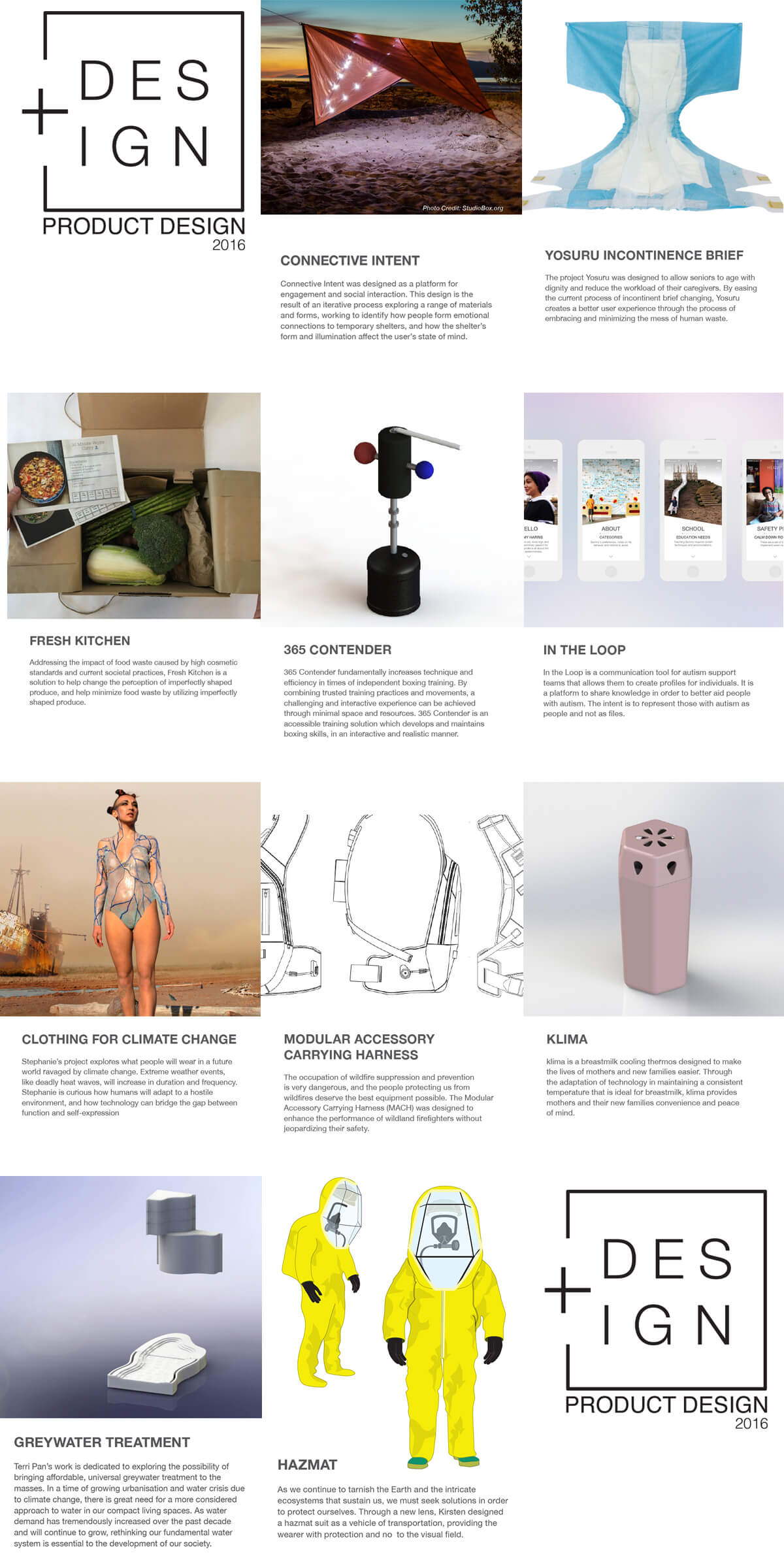
Alumni Spotlight - Cooling Vest Project
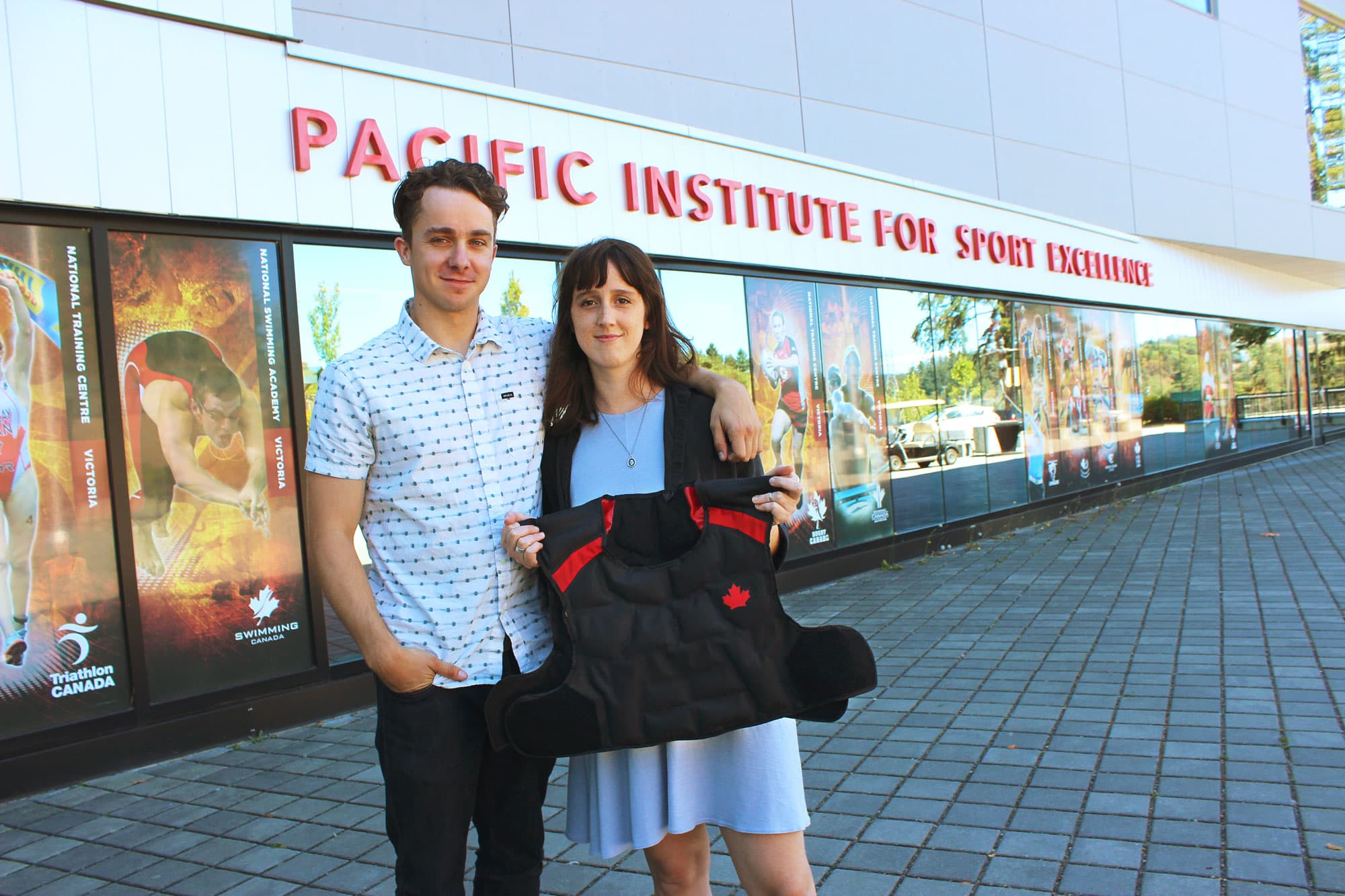
*Jaymes Williams (Product Design 2016 Grad) & Laura Hutchison (Fashion Design & Technology 2016 Grad)
Jaymes Williams, 2016 Product Design Graduate
Project: Phase: Adaptive Cooling Vest
“All I really want to do is give back, and make the world a better place”.
When Jaymes was a student in the Product Design program, as part of his Design Engagement course, Jaymes met with wheelchair rugby athletes at the Richmond Oval to understand their needs for improved performance, function and comfort. The criteria for the course, set by instructor Stephanie Phillips, was to design a product to support athletes who play wheelchair rugby. Jaymes’ research then led him to Canadian Sport Institute exercise physiologist Melissa Lacroix, who helped him understand that athletes with spinal cord injuries struggle to control their body temperature (thermoregulation) and can overheat while playing their sport. Armed with this information, Williams then went on to design a prototype of a cooling vest specifically for wheelchair athletes. While “ice vests” or cooling vests exist in other sports, Williams’ goal was to develop a design that had greater longevity and would enhance performance and function for athletes working within the constraints of a wheelchair. As interdisciplinary approaches are strongly encouraged, he then partnered with Wilson School of Design Fashion & Technology classmate Laura Hutchison to further develop the concept. After countless iterations and explorations, the two soon perfected a prototype. Immediately following their graduation, the pair were commissioned by the Canadian Sport Institute to produce eight cooling vests for Canada’s elite Wheelchair Rugby Team competing in the Paralympic Games in Rio de Janeiro in September, 2016.
Problem
Athletes suffering from spinal cord injuries are often faced with the problem of regulating body temperature. Quadriplegics have limited ability to sweat and are prone to overheating during rigorous physical activity, and wheelchair rugby is perhaps the most physically demanding sport in the Paralympics.
Traditional methods to help athletes cool off have involved sprays, misters, drinking iced beverages and applying cool, wet towels to skin surfaces. When it comes to the needs of wheelchair athletes, their specially designed wheelchairs allows only certain parts of their body to be cooled. While cooling vests exist in other sports, there was a need to develop a design that would enhance performance and function for athletes; while working with the constraints of a wheelchair.
Solution
Featuring a bladder that has been laminated on the inside using radio frequency welding and injected with a phase changing material that can freeze at higher temperatures, in this case 12°C; ideal for cooling down body temperature without inducing shock and stay frozen for up to 2 hours.
With a coated taffeta shell, poly-cotton lining, and hook-and-loop closures, the vest is comfortable, durable, and easy to wear. The vests are designed to be ideal for those with and without physical disabilities.
With not only functionality in mind, the vest is designed to better reflect the aggressive, gladiatorial nature of wheelchair rugby and the elite male and female athletes that participate in the sport. With an aesthetic that reflects who they are as athletes, the vests not only help in their physical game, but also their mental game.
“Maintaining thermoregulation in elite athletes and in particular athletes with spinal cord injuries is essential to their health and athletic performance. Having the partnership with Jaymes and Laura with the support of Wilson School of Design at KPU was very helpful for us as a team. They are the experts in design and were able to come up with a product that fit properly, looked great and most importantly helped cool our athletes while they were in competition at the Rio Paralympics.”
Melissa Lacroix, Sport Physiologist, Canadian Sport Institute
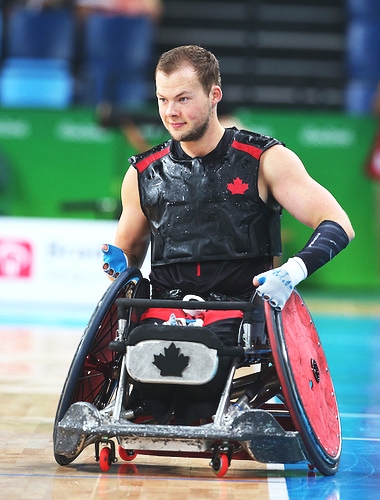
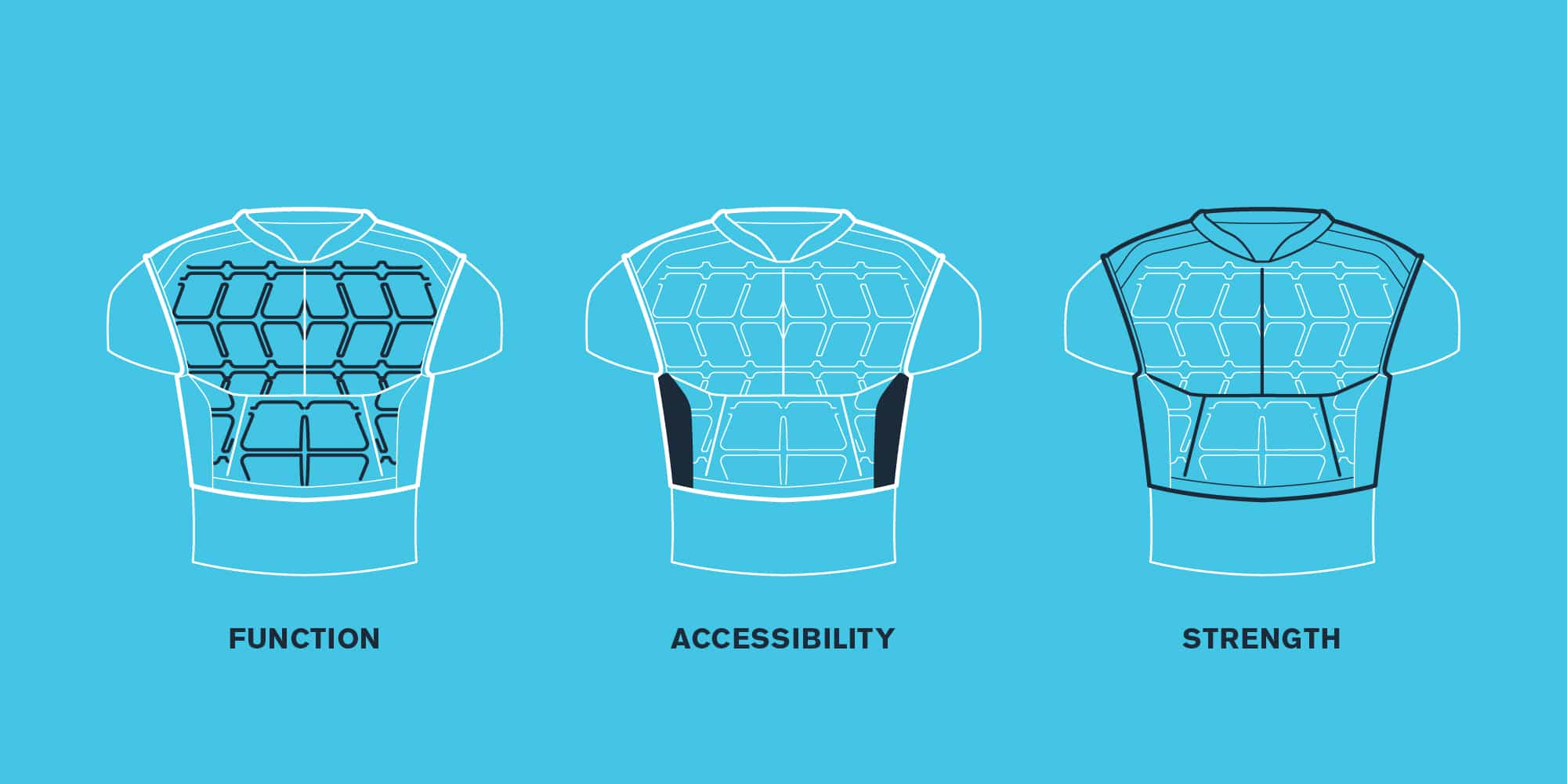
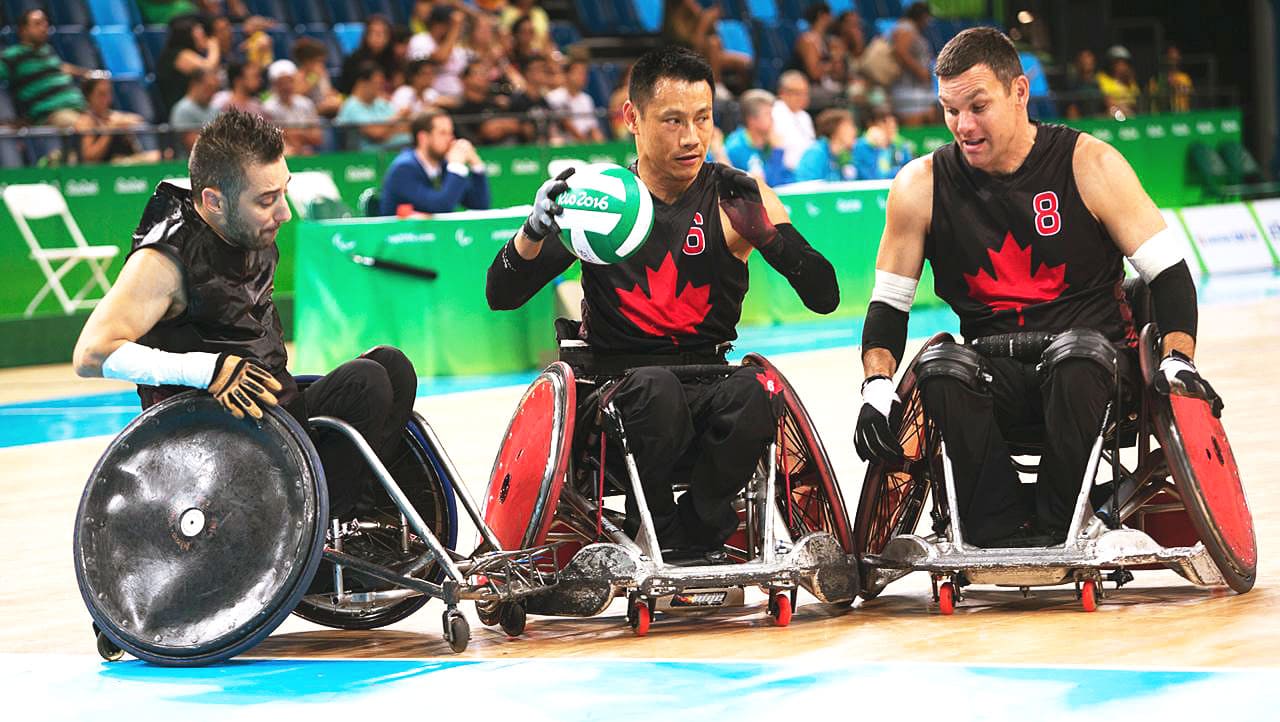
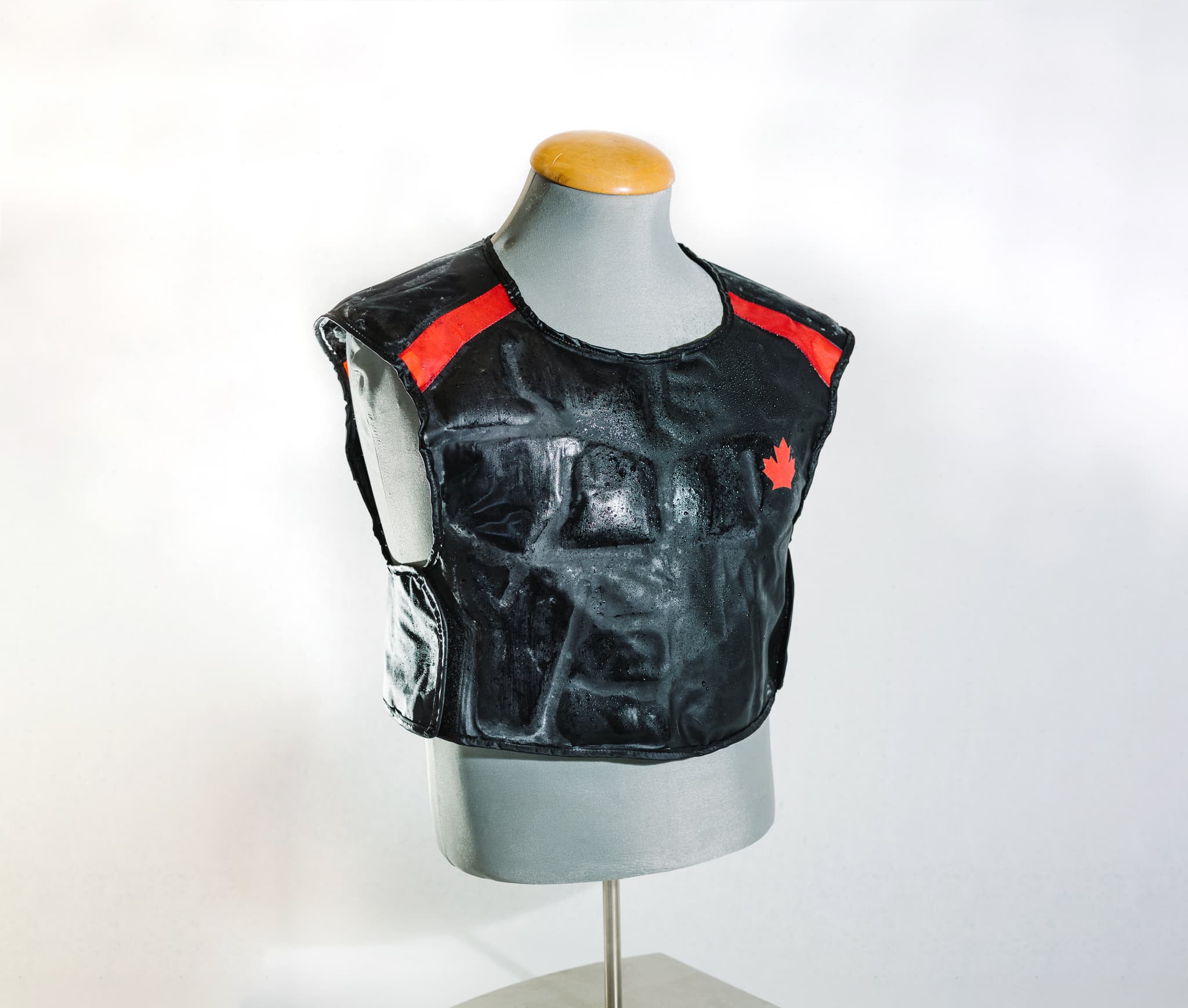
*Photos courtesy of Wilson School of Design, Jaymes Williams and Kevin Bogetti-Smith.
Jaymes continues his career as a Product Designer and can often be seen on the news sharing a recent design.
